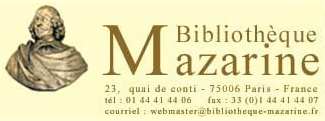Click an entry to see more information about that item.
| Folio / Pages | Composition / Item title | Source attribution | Composers (? Uncertain) |
|---|---|---|---|
| 206v | Ave, gloriosa mater salvatoris / Domino | - | Anonymous |
Ave, gloriosa mater salvatoris / DominoAnonymous
Appears on:
206v
Genres:
Motet
Voice:
Tenor
Languages:
Latin
Clef:
f3
Voice Text:
Domino
Voice:
[no designation]
Languages:
Latin
Clef:
c4
Voice Text:
Ave, gloriosa mater salvatoris
Layoutparts |
|||
